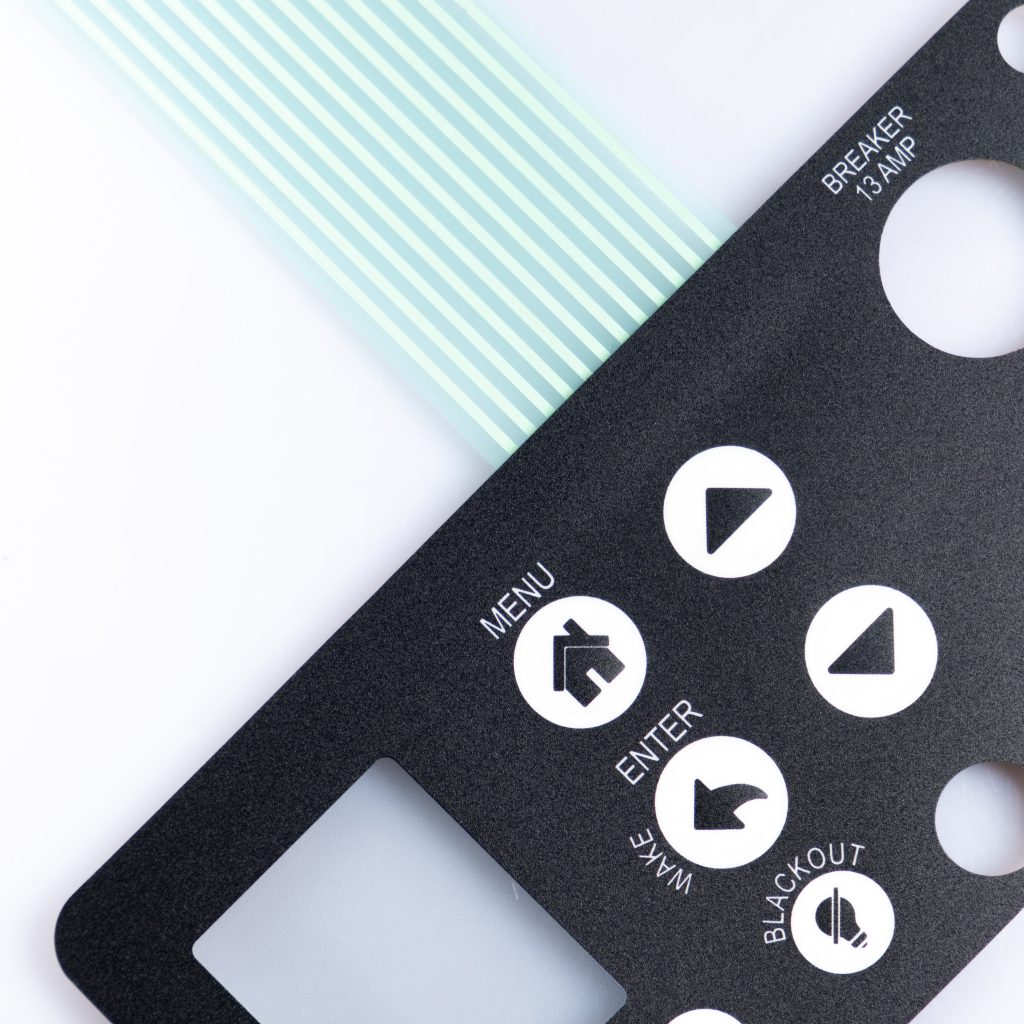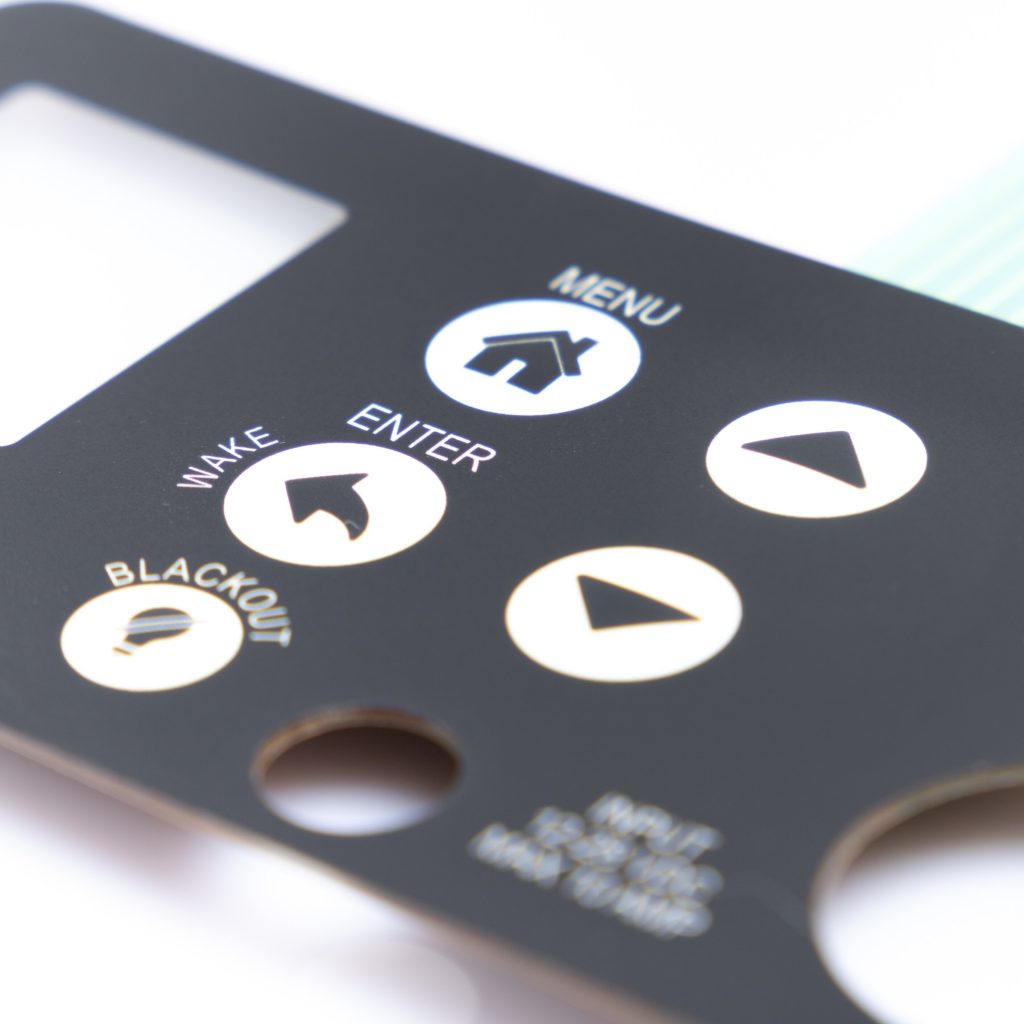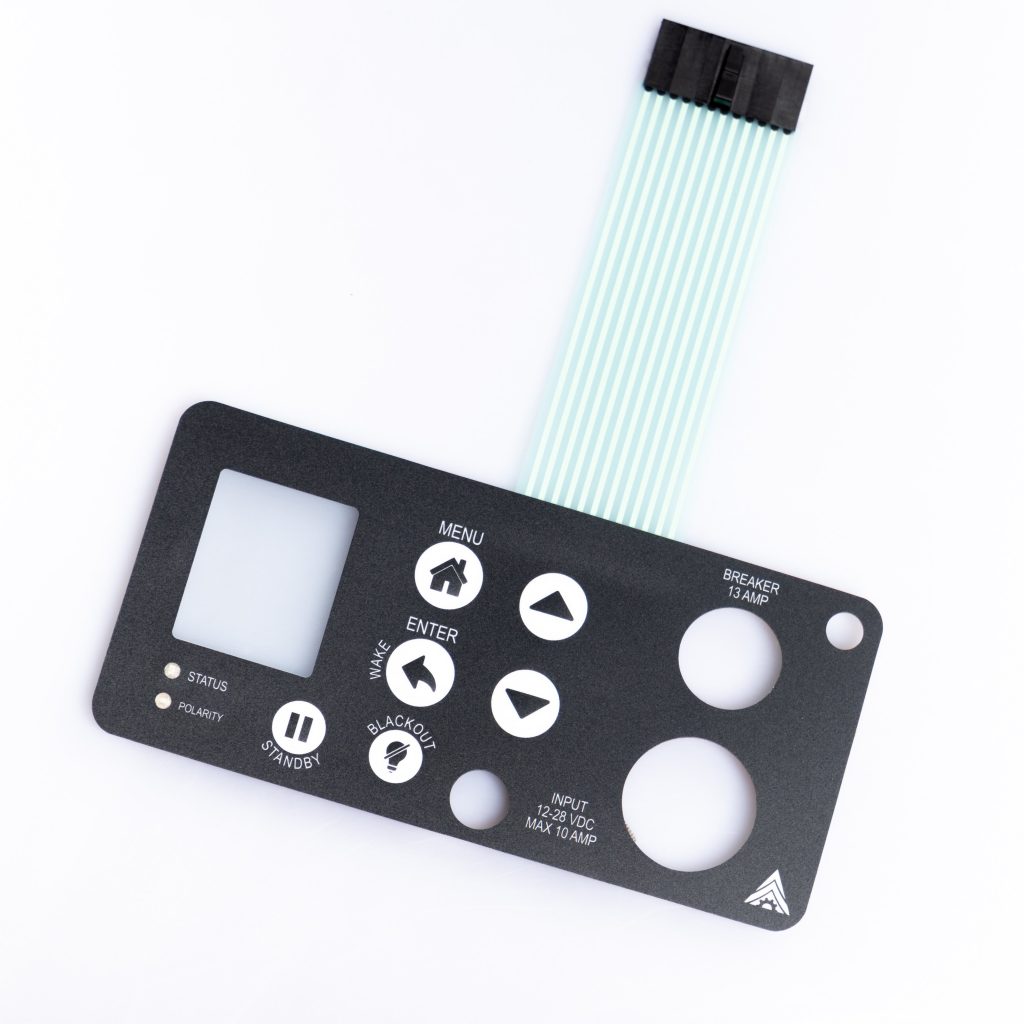Contact
Write to Us And We Would Be Happy to Advise You.
Do you have any questions, or would you like to speak directly with a representative?
By hqt
In today’s tech-savvy world, the user interface (UI) plays a crucial role in determining the success of various electronic devices and appliances. One often-overlooked but highly essential component of UI design is the membrane switch. Membrane switches are the thin, flexible, and durable interfaces that we interact with on a daily basis, from microwave ovens to remote controls. To ensure a seamless user experience and product functionality, it’s imperative to pay close attention to the design and functionality of membrane switch UIs. In this article, we will delve into the key factors you should consider when designing a membrane switch interface.



Before we dive into the design aspects, let’s briefly understand what a membrane switch is. A membrane switch is a low-profile, flexible electronic switch used to control various functions in electronic devices. It typically consists of multiple layers of flexible materials, including polyester and polycarbonate, with conductive traces that enable user input.
When designing a membrane switch, the primary goal should be to create a user-friendly interface. Consider the ergonomics of the device and how users will interact with it. Ensure that the buttons are appropriately sized and spaced, making it easy for users to press the desired functions without errors.
Tactile feedback is crucial for a positive user experience. Users should be able to feel when they press a button on the membrane switch. Incorporating tactile feedback mechanisms, such as domes or embossing, can enhance the usability of the interface.
Membrane switches are often exposed to various environmental factors, including temperature fluctuations and moisture. Ensure that the materials used in the membrane switch are durable and can withstand these conditions, thus increasing the longevity of the device.
The visibility of the membrane switch is essential, especially in low-light conditions. Consider using backlighting or custom graphics that enhance the legibility of the switch labels. This ensures users can easily identify the functions they want to access.
For products that require a unique identity, customization is key. Membrane switches offer the flexibility to include custom graphics, logos, and branding elements. This not only enhances the aesthetics but also reinforces brand recognition.
Incorporating advanced features like capacitive touch technology or LED indicators can take your membrane switch to the next level. These features not only improve the user experience but also provide additional functionality.
When designing a membrane switch, it’s essential to consider how it integrates into the overall product design. The switch should seamlessly fit into the device’s housing without compromising aesthetics or functionality.
To ensure the membrane switch’s reliability, rigorous testing is necessary. Conduct various tests to check for functionality, durability, and user satisfaction. Address any issues that arise during testing to guarantee a high-quality product.
While designing an ideal membrane switch is crucial, it’s also essential to consider cost-effective manufacturing methods. Collaborate with manufacturers who can produce high-quality switches within your budget constraints.
In conclusion, the user interface of a membrane switch is a critical element in the success of electronic devices and appliances. By paying attention to factors such as ergonomics, tactile feedback, durability, visibility, customization, advanced features, integration, reliability, and cost-effective manufacturing, you can create a membrane switch that enhances the overall user experience. A well-designed membrane switch not only adds value to your product but also ensures user satisfaction.
A membrane switch is a thin, flexible interface used in electronic devices to control various functions. It consists of multiple layers of flexible materials with conductive traces for user input.
Tactile feedback provides users with a physical sensation when pressing a button, improving usability and reducing input errors.
You can include custom graphics, logos, and branding elements on a membrane switch to reinforce your product’s identity.
You should conduct tests for functionality, durability, and user satisfaction to ensure the reliability of a membrane switch.
Membrane switches can be manufactured cost-effectively when you collaborate with the right manufacturers who offer high-quality production within budget constraints.
Do you have any questions, or would you like to speak directly with a representative?